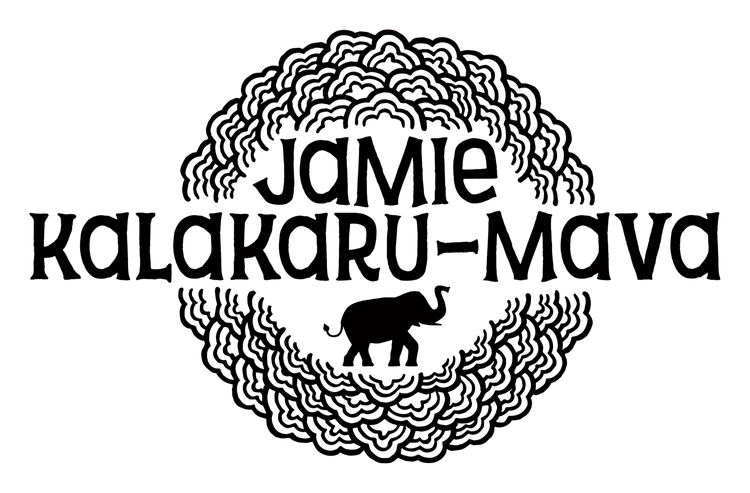Minneapolis, MN—February 2005
“When fascism comes to America, it will be wrapped in the flag and carrying a cross.”
—Author unknown, but often misattributed to Sinclair Lewis
Because one project is never enough, in the spring of 2005 the bibliophile in me thought it would be fun to start a second, smaller endeavor within the walls of Altered Esthetics. Already in the habit of hosting unusual exhibits like our video-game art exhibit and The Art of Horror, Altered Esthetics often tackled topics that were a little offbeat for traditional galleries or hosted individual works that were risqué. Not so unlike the risqué books that have graced the shelves of libraries in various eras, only to be pulled in a fit of censorship.
Some might say that artwork previously banned or censored was itself in poor taste, but more often than not it was because the artist had a political agenda or something quite important to say. Using an illegal method to create their work could get them fame and notoriety. Within the past two decades there has been an uptick in religious and political censorship, statements on corporate greed and American aggression, where museums have kowtowed to a political agenda or risk losing state funding.
What makes art bad might be one of the more subjective questions to ask, but I believe there’s a spectrum regardless of one’s political affiliation or taste in art. Art can make a statement without being very well executed, and good art doesn’t necessarily have to make a statement, but great art manages to do both. If you had a scale where of great art based on these factors, where would you put the Mona Lisa? Banksy?
My friends and I thought the same was true of books. Many of the books that have been banned throughout history weren’t full of profanity or violence. Banned books often simply challenged the status quo, or included dangerous political ideas: 1984, Animal Farm, and Fahrenheit 451 to name a few. I never understood that. Isn’t the best way to make sure something is seen by many to ban it, at least in the internet era? (See: The Streisand effect.)
So, I opened a tiny library at the gallery: the Burning Books Library. It was an open collection of the banned, censored, and forbidden books of history. I built a small website with a continually updated list and painted some shelves on which to stock the books. It began as a collection of my own novels—classics and contemporaries that had once been banned, from To Kill a Mockingbird to the more recent Go Ask Alice. A welcome space for introverts, the little bookshelf was kept by the couches, and folks would often flip through the books as they joined us for open gallery hours or receptions.
Early on, Altered Esthetics would host reading clubs and pick a book that coincided with the theme of that month’s exhibit. During the 2005 Animal Art exhibit the club read Animal Farm and discussed the not-so-subtle nuances of political agenda and power. During the Pinko Commies exhibit we stepped outside the novel list to read the Patriot Act of 2001. As they came to visit, friends of mine would contribute additional books to the library, and soon we had a pretty impressive collection.
As the gallery got busier, the library side project fell by the wayside, but it was a cool experiment in shared space. Over the years I got better about deciding which shiny new projects I would take on and which ones to set aside. My peers taught me it’s best to do fewer things well, and I started to focus in more on key activities. Perhaps fun new projects are my own personal version of a banned book: sometimes it’s too tempting not to dive in! Why is it that slapping the forbidden label on something makes it infinitely more enticing?
This post is adapted from It’s Never Going To Work: A Tale of Art and Nonprofits in the Minneapolis Community with illustrations by Athena Currier. Post graphics by Jamie Schumacher. ©2018 Jamie Schumacher.
It’s Never Going To Work is a light-hearted, illustrated book that offers real-life insights on founding a community space and nonprofit. It provides tools, tips, resources, and camaraderie to community organizers and anybody attempting something new.


